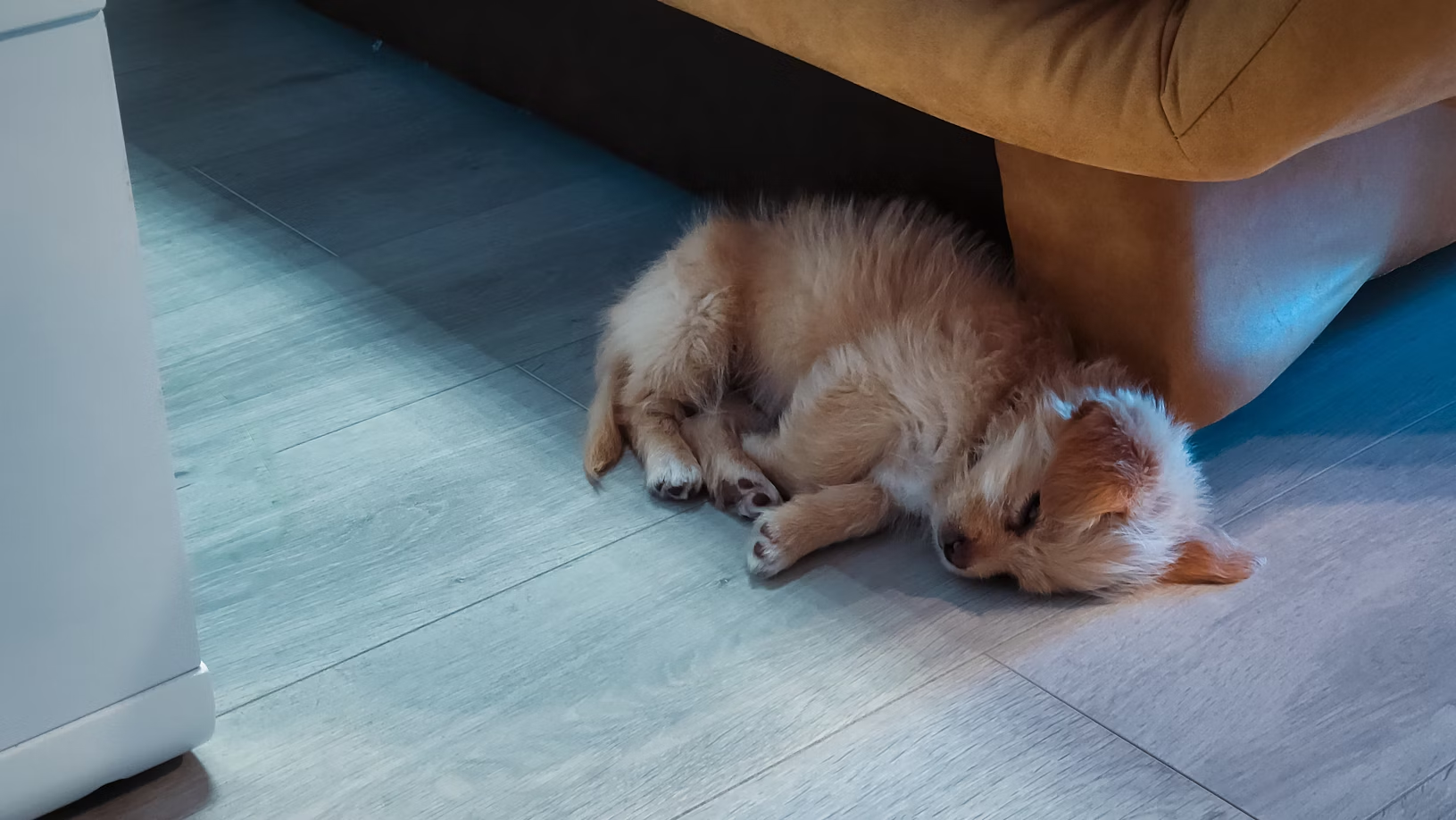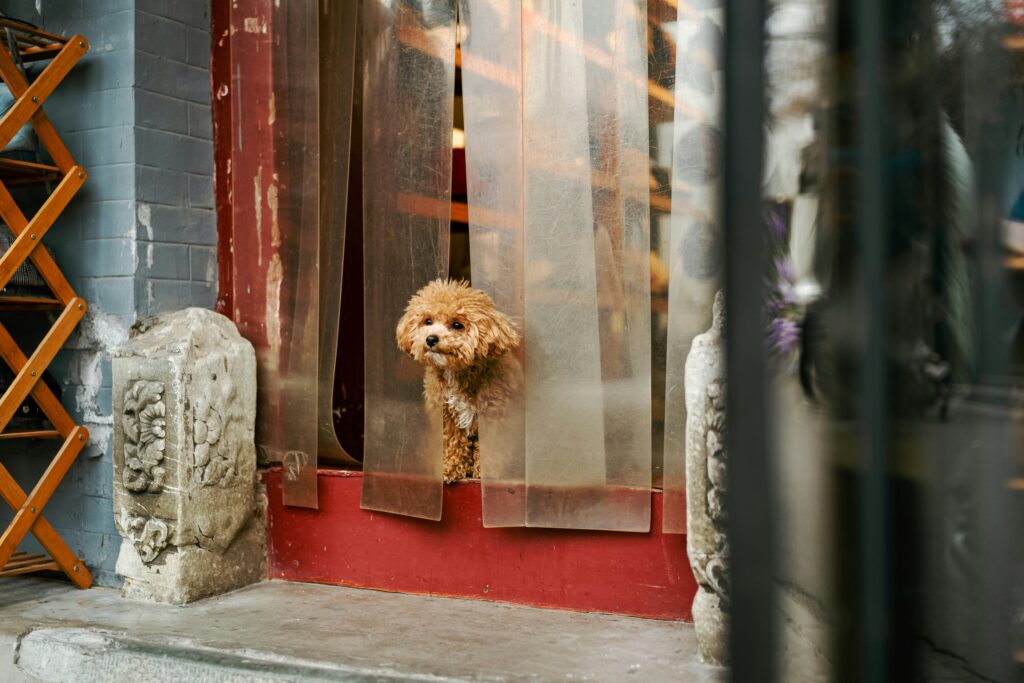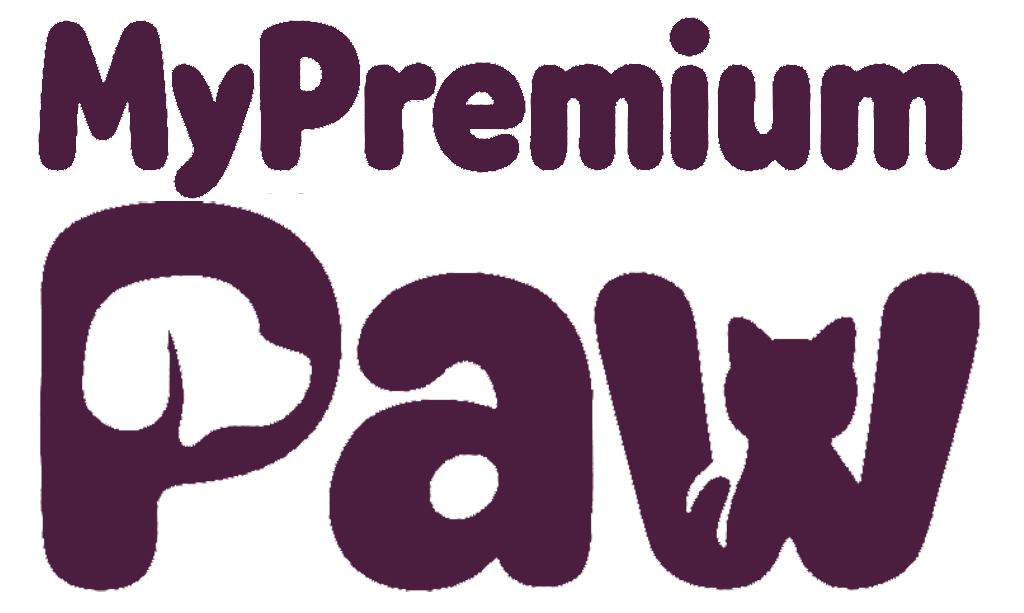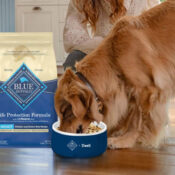
Dog Feelings: How to Greet Your Pup Kindly and Stop Jumping Fast
Dog feelings are real joy, worry, frustration, relief even if their inner world is simpler than ours. That’s why the way we greet them at the door matters. If your pup launches into the air the second you get home, you’ve probably heard the advice to “just ignore her for a few minutes.” Does that actually help or just hurt her feelings? In this guide, we unpack what research and real pet parents say about dog feelings, when a brief pause is useful (and when it isn’t), and how to replace jumping with kinder, therapy-dog-friendly routines like sit, place, toy-grab, or a fun “secret handshake.” You’ll get a 2-week plan, simple door hacks, and exactly how to keep the joy in your reunions without the collision.
Table of Contents
Key Takeaways
- Dog feelings are simpler than adults’ roughly toddler-like and our tone, routines, and choices shape how they feel.
- A short, calm pause at the door isn’t “mean” if you immediately reward paws-down or a cued alternative (sit, place, get a toy).
- For therapy-dog hopefuls and homes with kids/older adults, a no-jump greeting routine is essential and kind.
- Consistent, positive interactions build resilience; harsh or chaotic handling chips away at trust and dog feelings.
Do Dogs Have Feelings? Understanding Dog Feelings
Yes. Dogs have brain structures and hormones tied to emotion (including oxytocin) and show predictable body-language patterns for joy, fear, frustration, and calm. Their emotional/cognitive range is often compared to a 2–2.5-year-old child plenty of dog feelings without the complex narratives adults have.
Bottom line: “Feelings” doesn’t mean human-style reasoning. It means dogs experience pleasant/unpleasant states and learn from them so how we greet, train, and comfort them matters for healthy dog feelings.
Can You Hurt Dog Feelings?
You can upset or confuse a dog with yelling, scary body language, or inconsistent rules. But a brief pause as you enter waiting for paws on the floor or cueing a sit/place doesn’t equal neglect; it’s clarity. The key is what happens next: immediately reinforce calm behavior with warm attention, praise, treats, or a toy to protect dog feelings and teach manners.
Things that can sting emotionally
- Chronic dismissal (never engaging, never playing)
- Punishing fear/anxiety (yelling at a dog who’s already stressed)
- Inconsistency (routines and rules change daily)
What “hurt feelings” can look like
Lowered head, droopy ears, less play, sighs/whines. If that vibe lasts more than 1–2 weeks or appetite, sleep, or energy changes talk to your vet to rule out pain or medical issues affecting dog feelings.
Should You Ignore Jumping at the Door?

Used thoughtfully, yes briefly. Many trainers use a calm entry: walk in quietly, set down your things, and wait a few beats for paws-down before you greet. You’re not withholding love; you’re timing attention so it reinforces calm and protects dog feelings while stopping the jump.
Not a fan of “ignore”? You don’t have to be. Real pet parents (from your reddit threads) shared kinder-feeling tactics that still stop jumping.
Community-Tested Greeting Routines for Dog Feelings (That Still Feel Good)
- Teach an incompatible behavior. Sit, “place” near the door, or “go get your toy.” Practice outside real arrivals, then run short “fake entries” and reward success.
- Create a greeting station. A couch/bench by the door for pets and treats the famous “pettin’ couch”—keeps dog feelings happy and paws grounded.
- Make a “secret handshake.” A quick trick sequence (touch → spin → down) channels excitement and supports calm dog feelings.
- Toy-grab redirect. Fetch a toy on entry mouth busy, paws down; great for replacing alert barking.
- Calm, not cold. “Ignore the behavior without ignoring the dog.” Soft voice, relaxed body; reward the instant your dog settles.
- Body mechanics help. Crouch/sit to greet so jumping isn’t needed; or briefly turn your back if paws lift then re-engage immediately when all four are down.
- Therapy-dog twist. Generalize in hallways/elevators; practice sits beside walkers/wheelchairs (with permission) to safeguard dog feelings and public safety.
A 2-Week No-Jump Plan
Daily (5–8 minutes total, broken up):
Pre-train the pieces (away from the door):
- Sit/Stay (1–5s → 10–15s)
- “Place” on a bed near the door
- “Get your toy” on cue
- Optional: your “secret handshake” that supports calm dog feelings
Fake entries (3–5 quick reps):
Step out, count to 10, come back; cue Place/Sit/Toy; mark (yes/click) and treat the moment paws stay down. If jumping starts, turn away 1–2 seconds, reset, try again.
Real arrival protocol:
Enter calmly → set things down → wait for paws-down or cue your plan → reward with calm pets/treats → after 30–60s of composed behavior, release to play keeping dog feelings positive.
Consistency tips
- Treat jar by the door; baby gate to prevent “practice jumps.”
- Everyone follows the same script (roommates, visitors).
- Keep greetings calm first, party later—best for dog feelings and manners.
“But My Husband Says Dogs Don’t Have Emotions…”
Plenty of people grew up hearing “animals are just instinct.” Your second reddit thread highlighted two things:
Evidence & lived experience
Owners described grief, joy, concern, jealousy, and comfort behaviors; others noted tools like feline “grimace scores” for pain and the way dogs tune into human emotion clear signs of dog feelings.
Relationship dynamics
If someone routinely dismisses anyone’s feelings (including a child’s), it’s okay to say, “This isn’t just about the dog.” Support (personal counseling, couples therapy, or trusted help) can protect everyone’s wellbeing people and dog feelings alike.
Takeaway: Invite skeptics to observe predictable, emotion-linked behaviors (tail carriage, play invites, stress signals, soothing routines) and help reinforce the greeting plan.
When to Get Extra Help
- Jumping persists after 2–3 weeks of consistent practice
- Your dog can’t settle or seems frantic
- Sudden changes in appetite, sleep, energy, or house-soiling
Start with your veterinarian to rule out pain/medical issues. For behavior help, find a reward-based trainer or a veterinary behaviorist especially for therapy-dog goals and sensitive dog feelings.
Quick FAQ
Does ignoring for 2–3 minutes hurt feelings?
It shouldn’t if you pair it with immediate, warm reinforcement for paws-down or a cued sit/place. Most dogs catch on fast when calm behavior = attention.
Can I keep big, joyful hellos?
Yes keep the joy, change the mechanics. Crouch/sit, cue “place,” or hand the toy first, then celebrate.
What about guests?
Leash on before opening the door, cue “place,” reward, then release to greet calmly.
Handy Doorway Checklist
- Treat jar by the door
- Bed/bench = greeting station
- Favorite toy for “grab-n-greet”
- Post-it: Enter calm → Place/Sit/Toy → Mark/Reward → Release



